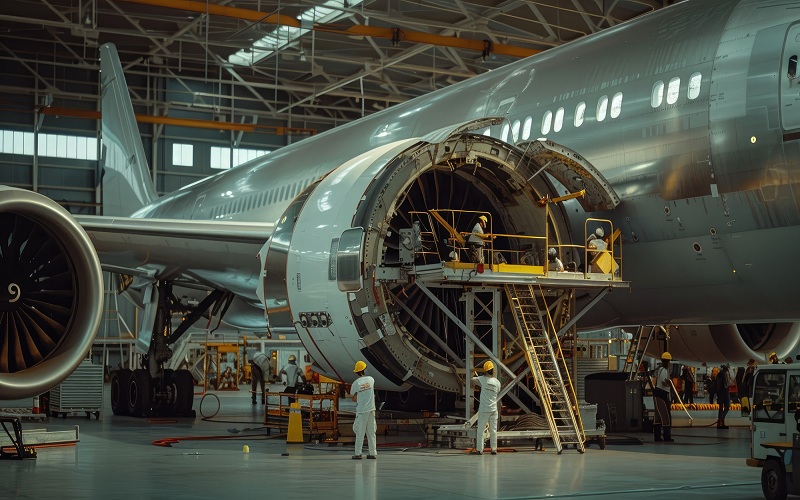
The Benefits of Using Composites in Aircraft Construction
Aviation composites refer to composite materials used to build aircraft and their components. The experts at Aerodine Composites say that these materials are made by combining two or more materials with different properties to create a superior and unique material. Using composites in aircraft construction has become very popular in recent years because of the many benefits they provide over traditional aircraft building materials like aluminum and steel.
Lighter Weight
One of the biggest advantages of aviation composites is that they are much lighter in weight than metals. Using lighter materials means an aircraft can carry more passengers and cargo while using less fuel. This makes them cheaper to operate. Composites like carbon fiber can be over 50% lighter than aluminum. This significant reduction in weight allows the aircraft to fly faster and further.
The lower weight of composites directly translates into better fuel efficiency and increased payload capacity for aircraft. Commercial airlines can load more passengers and cargo on composite planes. Military aircraft can carry heavier weapon loads. Private jet owners can fly farther without refueling.
Greater Strength
Despite being lighter, composites are also incredibly strong, often stronger than metals by weight. Their strength comes from the combination of materials with different properties. This high strength-to-weight ratio allows thinner composite materials to be used without sacrificing durability. Thinner materials also decrease overall aircraft weight.
The strength of aviation composites comes from advanced fibers such as carbon fiber or fiberglass embedded in tough resin. The layers of fibers give composites superior tensile strength and prevent cracks from spreading. Minor damage only affects the area of impact versus metals where cracks propagate through the entire material.
Less Corrosion and Fatigue
Unlike metals, composites do not corrode or succumb to wear and tear over time. This allows them to better maintain their strength and structure over several decades of use. Aluminum aircraft components must be frequently checked and maintained for corrosion problems. Replacing damaged parts is expensive. Composites last longer with less monitoring and upkeep.
Corrosion is a major issue in metal aircraft that operate in hot, damp, and salty marine environments. Aircraft flown in the humid tropics also deal with oxidation issues over prolonged periods of service. Fiber-reinforced composites are immune to corrosion, which contributes to reduced maintenance expenses and longer service life.
More Design Freedom
Composite parts can be molded into complex shapes that give engineers much more design freedom compared to metals. Curved and tapered components are easier to construct using composites. This freedom allows aircraft designers to experiment with new, improved designs.
Molding composites expands form and function possibilities. Previously, many unusually shaped flight components had to be constructed in multiple parts and assembled. Now, with composites, they can be created as single components optimally designed for airflow. This improves lift and propulsion while decreasing turbulence.
The Future of Aircraft Design
As research continues, aviation composites are becoming even lighter and stronger. Given all their advantages, future airplanes may utilize 80% or more composites in their construction. Many experts consider composites the future of aircraft design. Airbus and Boeing already rely heavily on composites and will likely increase their dependence as the materials continue to advance.
Aircraft manufacturers invest billions in developing better composites specifically for aviation needs. New nano-engineered composites with nano-scale reinforced fibers promise to be incredibly damage resistant while retaining flexibility and lightness. Embedding electrical capabilities into composites will enable things like self-healing abilities should tiny cracks appear.
Conclusion
Composites clearly offer notable benefits in aircraft design. As composite technology keeps improving, aviation companies will increasingly utilize these materials to build higher performing, more efficient and advanced aircraft.


